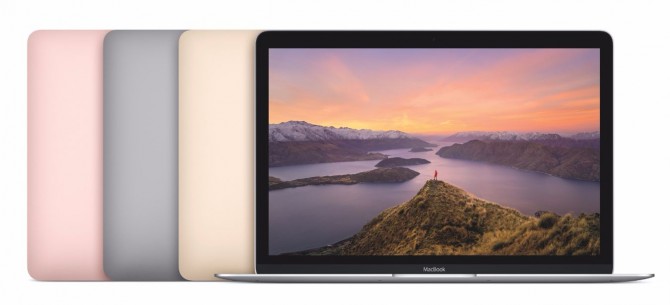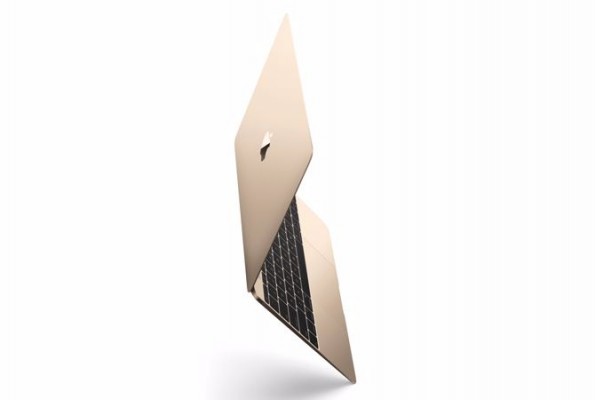Apple Updates MacBook with More Power, Battery Life
The superslim 12-inch MacBook is beefing up on the inside. Apple is updating its thinnest and lightest laptop with a 6th generation Core M processor, faster flash storage and an additional hour of battery life. The company is also adding a rose gold color option. The price remains at a premium $1,299, and you still get only a single USB-C port.

The base model features a 1.1-GHz Core m3 CPU, 8GB of memory and 256GB of faster flash storage, while $1,599 gets you a Core m5 chip with the same RAM but a larger 512GB of flash storage.
Apple says the new Intel HD graphics 515 offers up to 25 percent more graphics performance, while the PCIe-based flash storage speeds up tasks like opening files and launching apps.
The most welcome upgrade is the 10 claimed hours of battery life. In our review of the previous 12-inch MacBook, Apple's ultraportable lasted 8 hours and 43 minutes, or a little less than the 9-hour claim.

What Apple hasn't changed is the port selection. You still get a lone USB-C connector, which means if you want to plug in a power cable and connect another device at the same time, such as your iPhone, an external display or a peripheral, you're going to need a dongle or USB-C docking station.
The MacBook continues to offer a Force Touch trackpad, which uses feedback to simulate a physical click, and a rich 2304 x 1440 display that puts the MacBook Air to shame. (At least Apple has decided to make 8GB of RAM on the Air line standard as of today.)
For better or for worse, the MacBook is the ultimate laptop for minimalists, but now it has maximum power and endurance. Let us know in the comments if you would buy one for yourself.
Stay in the know with Laptop Mag
Get our in-depth reviews, helpful tips, great deals, and the biggest news stories delivered to your inbox.

